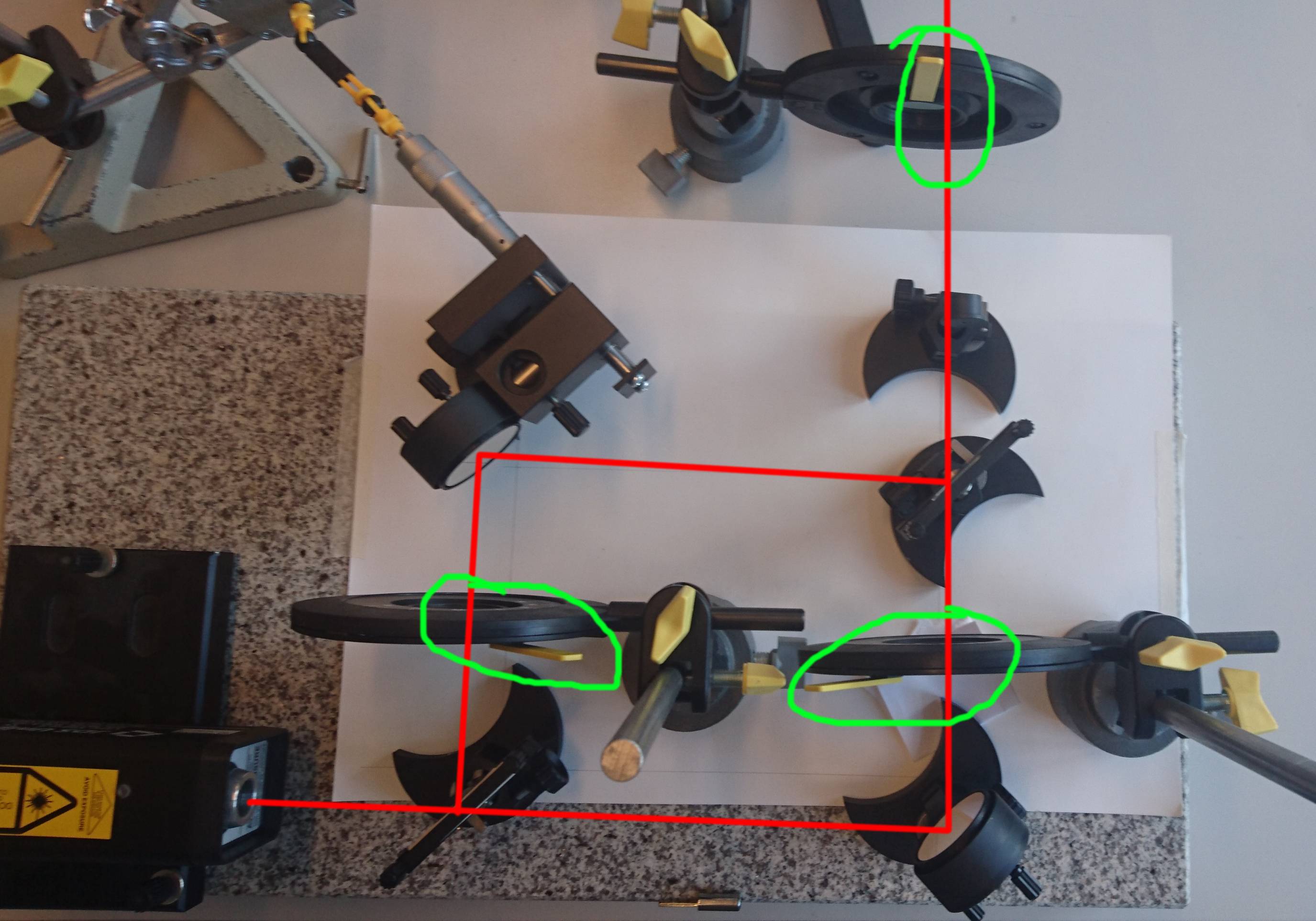We need quantum eraser experiments as experimental evidence for the complementarity of interference and which-path information for quantum objects.
For classical waves (sound, light at sufficient intensities), we get interference whenever two waves overlap. This is what happens in the experiment on the right of your sketch. On the left, there can't be any interference because the waves don't overlap at the location where your detector is.
The following experiment is done with a laser. The important thing is that it works exactly the same with a single photon source or for quantum objects with mass, for example electrons.

The red lines show the light path, the setup is the same as in your right sketch, the screen/detector is at the top.
The parts circled in green are polarizers.
- Without any polarizers you get interference because the light travels both paths and they are combined again by the second beam splitter. The same happens for single photons. They "must have taken both ways" to produce interference, but this statement has to be put in huge quotation marks.
- When you put in the two polarizers at the bottom and set their polarization angles perpendicular to each other, the interference disappears. This can easily explained for light as electromagnetical wave because perpendicular fields can't interfere. The first funny part is that the same happens if you send single photons through the interferometer. This can be explained by the fact that you can have either interference or which-path information. With the two polarizers in place, you can tell at the detector which path a photon has taken, but you can't get interference. If the angle of polarization is NE-SW, the photon took the upper path, for NW-SE-polarization, the photon must come from the bottom path.
- It gets even funnier when you also put the third polarizer in place. That is the quantum eraser. Before the polarizer, you have which-path information and you can tell which path the photon has taken. After the polarizer, all photons are polarized along N-S, so you can no longer tell which path was taken. And you also get interference.


